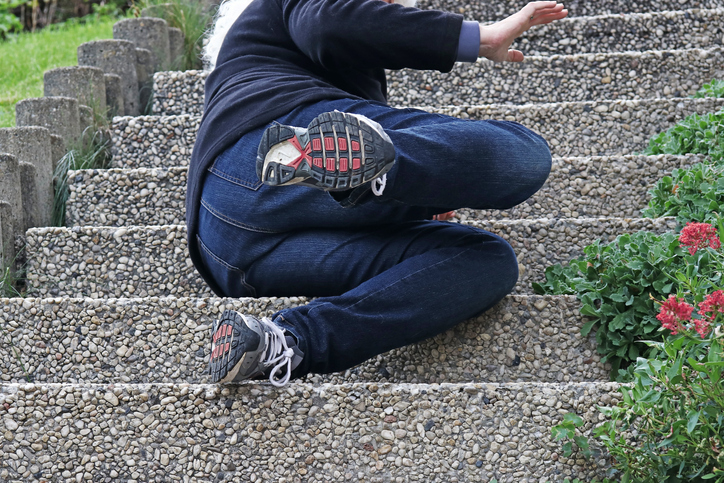
Sept 18-22 is Fall Prevention Week. According to the National Council on Aging, falls remain a leading cause of injury for people aged 65 and older.
If you have osteoporosis, your risk of fracture with a fall increases.
Osteoporosis risk
By definition, osteoporosis means “porous bone.” It is a common disease, affecting 54 million people in the U.S., and characterized by low bone mass, changes in bone architecture and disrupted bone growth resulting in increasing fragility and fracture.
Providers should assess risk factors for fracture in all adults, especially post-menopausal women and anyone over 50 who has experienced fragility or low trauma fracture. Women should begin bone density testing at the age of 65 or older.
Other osteoporosis risk factors include:
- Race: White and Asian women
- Family history of osteoporosis
- Personal history of broken bones or height loss
- Low body weight
- Heavy alcohol use
- Inactivity
- Inadequate calcium and vitamin D, and not eating enough fruits and vegetables
- Certain medicines: chronic steroids, seizure or reflux medications
- Underlying medical conditions like rheumatoid arthritis, thyroid disease, multiple myeloma, or absorptive disorders like celiac disease
Osteoporosis and fractures
When you have osteoporosis, a fracture can occur from falling, mild stresses such as bending over, or even sneezing. The most serious are bone fractures in the spine and hip.
Osteoporotic fractures typically require hospitalization. In patients who are independent prior to hip fracture, approximately 40% regained their previous level of functioning after their hip fracture and 20% required long-term nursing home placement.
Osteoporosis can lead to falls but it can also lead to increasing pain. For elderly patients, experience with a vertebral or hip fracture places them at risk for recurrent fractures and hospitalization for falls. Infections such as urinary tract infections, pneumonia and increased risk of blood clots.
Prevention and treatment
Osteoporosis is preventable and can be reversible. It is important to have routine check-ups especially if you are already at high risk for osteoporosis.
Providers should counsel their patients on osteoporosis and provide fall prevention counseling, recommendations for lifestyle modifications and even pharmacologic intervention.
Patients with osteoporosis should exercise regularly with weight-bearing exercises such as walking at least five times a week for 30 minutes. Start slowly and gradually increase the amount of time and number of days spent walking.
Eat a balanced diet rich in calcium and vitamin D, Limit your alcohol do not smoke.
Finally, talk with your doctor about bone density testing. Do not ignore the importance of prevention and routine screening.

